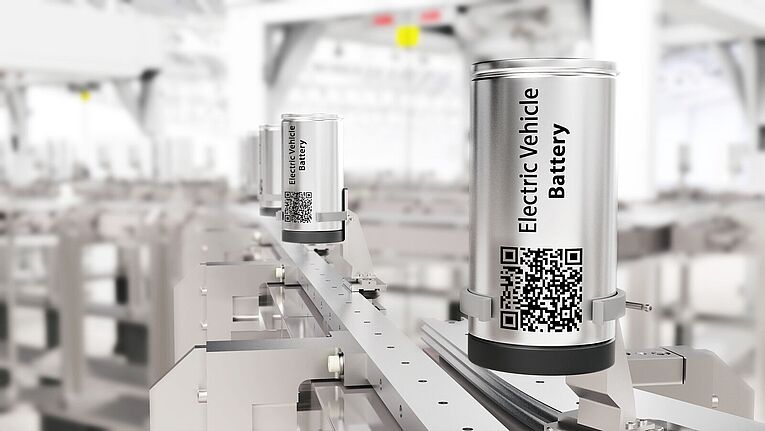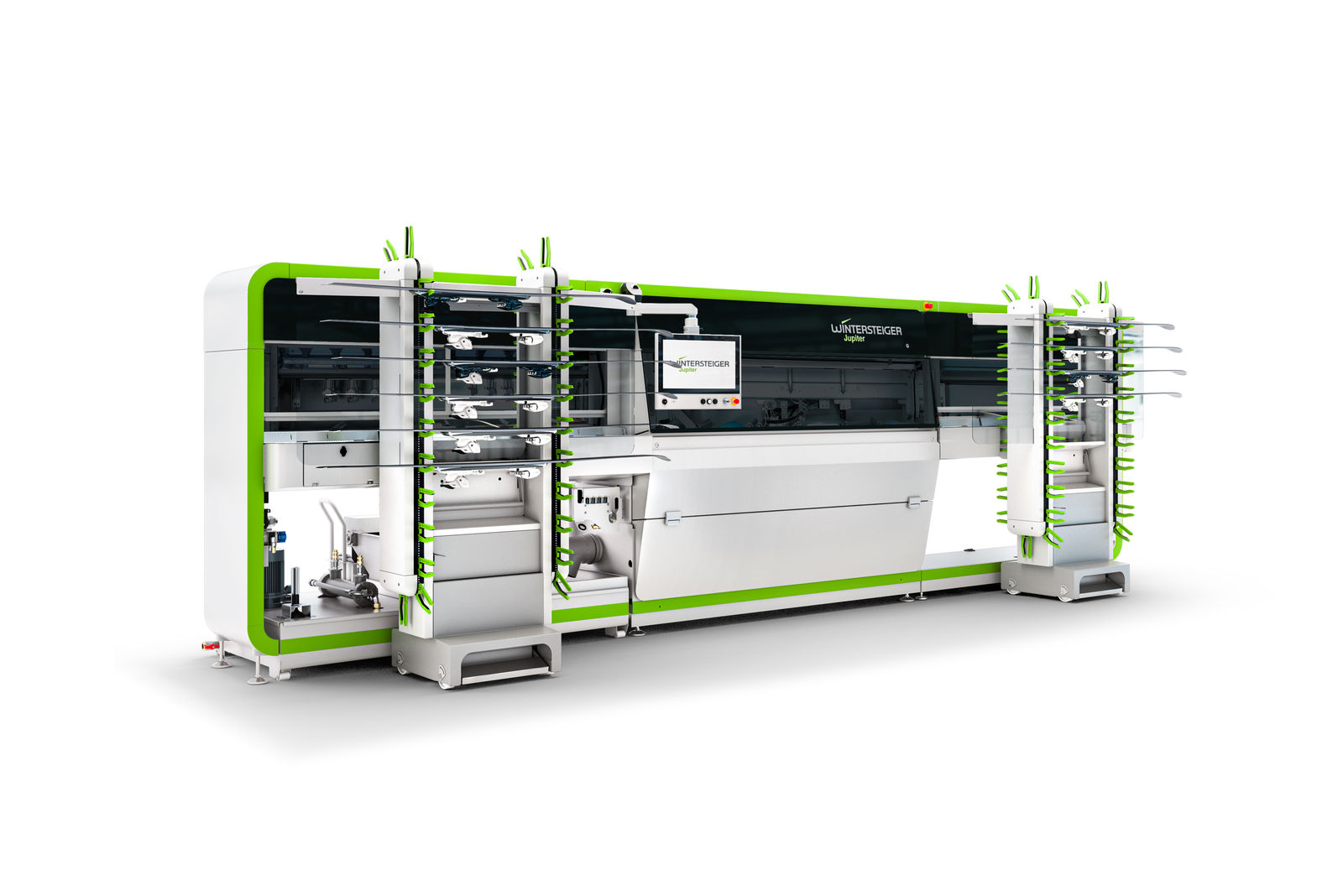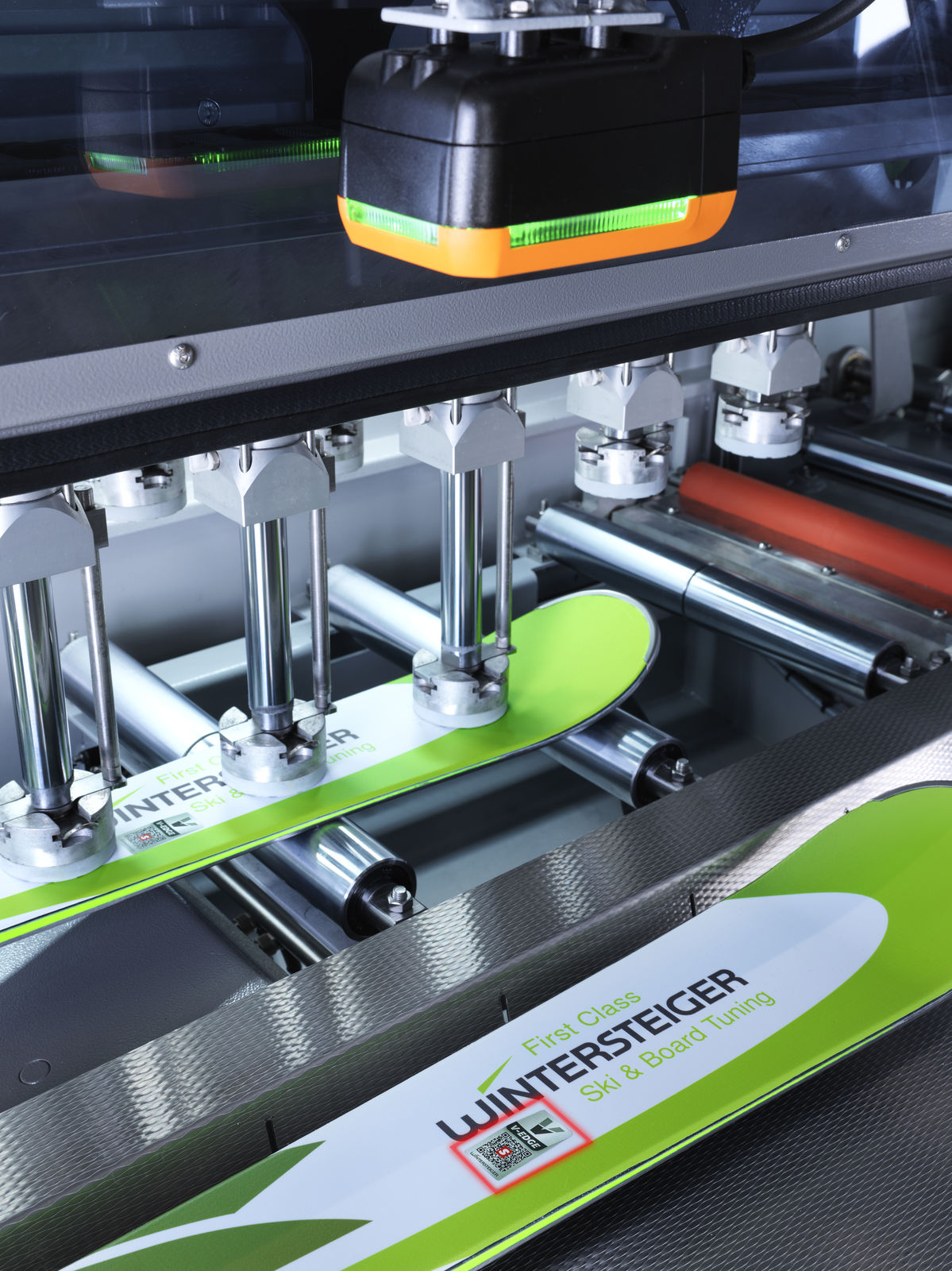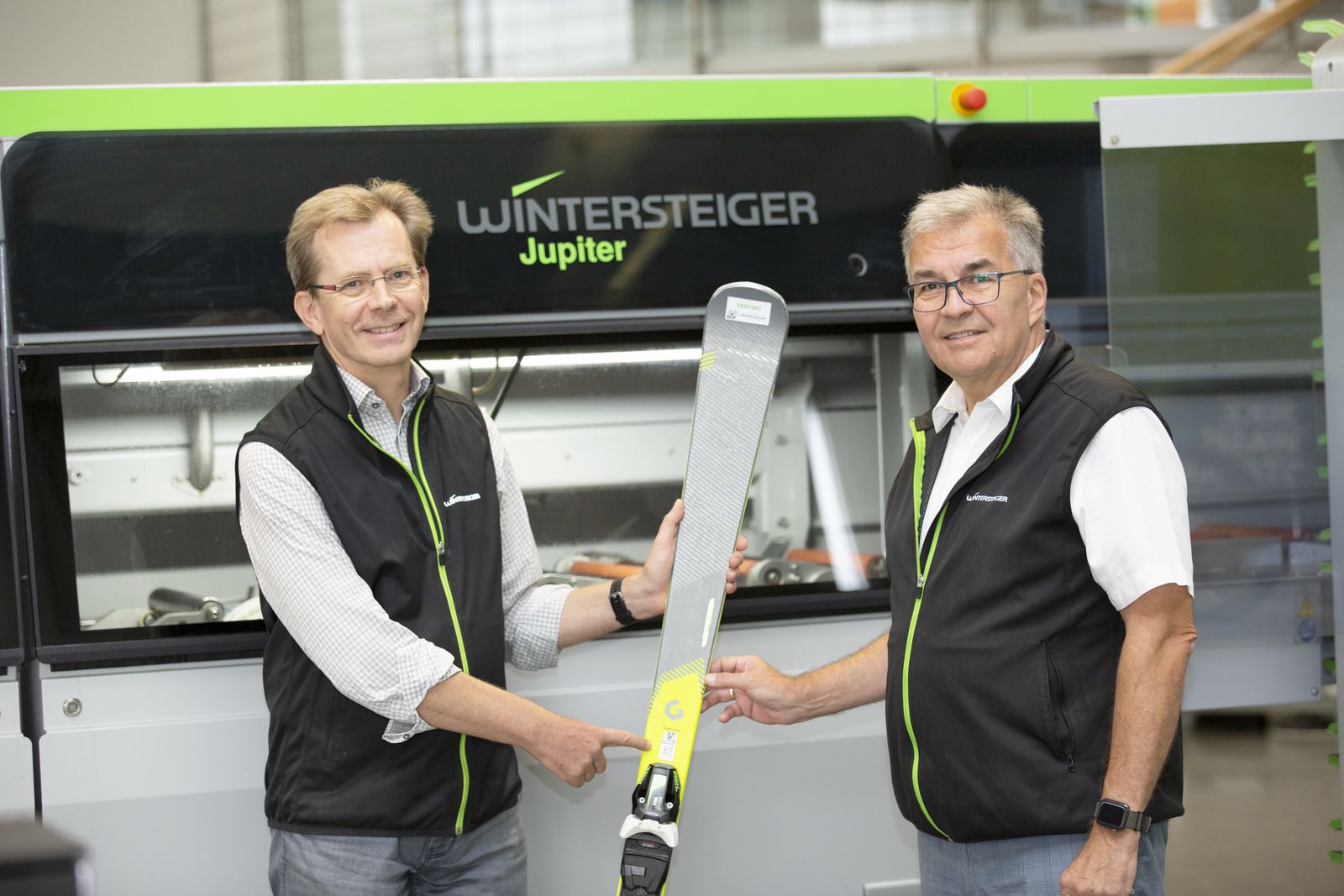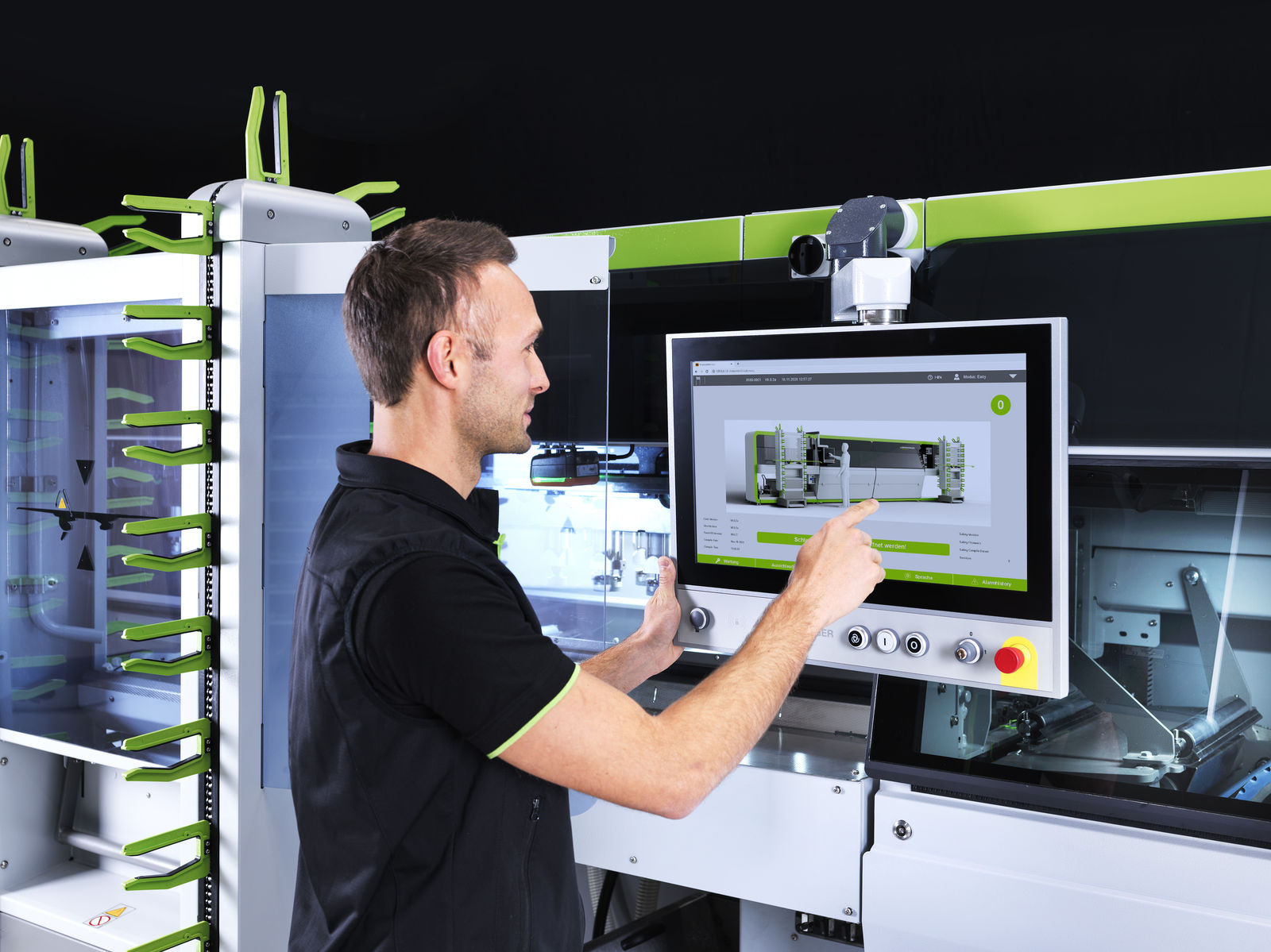The machine's customizability was a major challenge for the software developers. "We couldn't possibly write separate software for every potential variant of the machine," says Höckner. Instead, they took a modular approach. "That works really well with the B&R system: The first time we start up a newly assembled machine, the software automatically detects which modules have been used." That way, the end user will only be able to select programs and processing steps that the machine is actually capable of performing.
"User experience is always a top priority for us," says Aigner. "And in the case of an automated ski grinder, that can be a bit tricky." At a sporting goods store, a Jupiter machine may be operated by a new employee with no prior knowledge. A national ski team, on the other hand, might have someone standing at the same machine with decades of experience trying to tease out the last ounce of performance in world cup races decided by fractions of a second.
Once again, a modular approach was Wintersteiger's answer for the user interface as well. Easy mode allows the operator to choose between preset programs. Another option allows custom programs to be assembled from ready-made blocks. And for the absolute pros, it's possible to fine-tune every single parameter.
